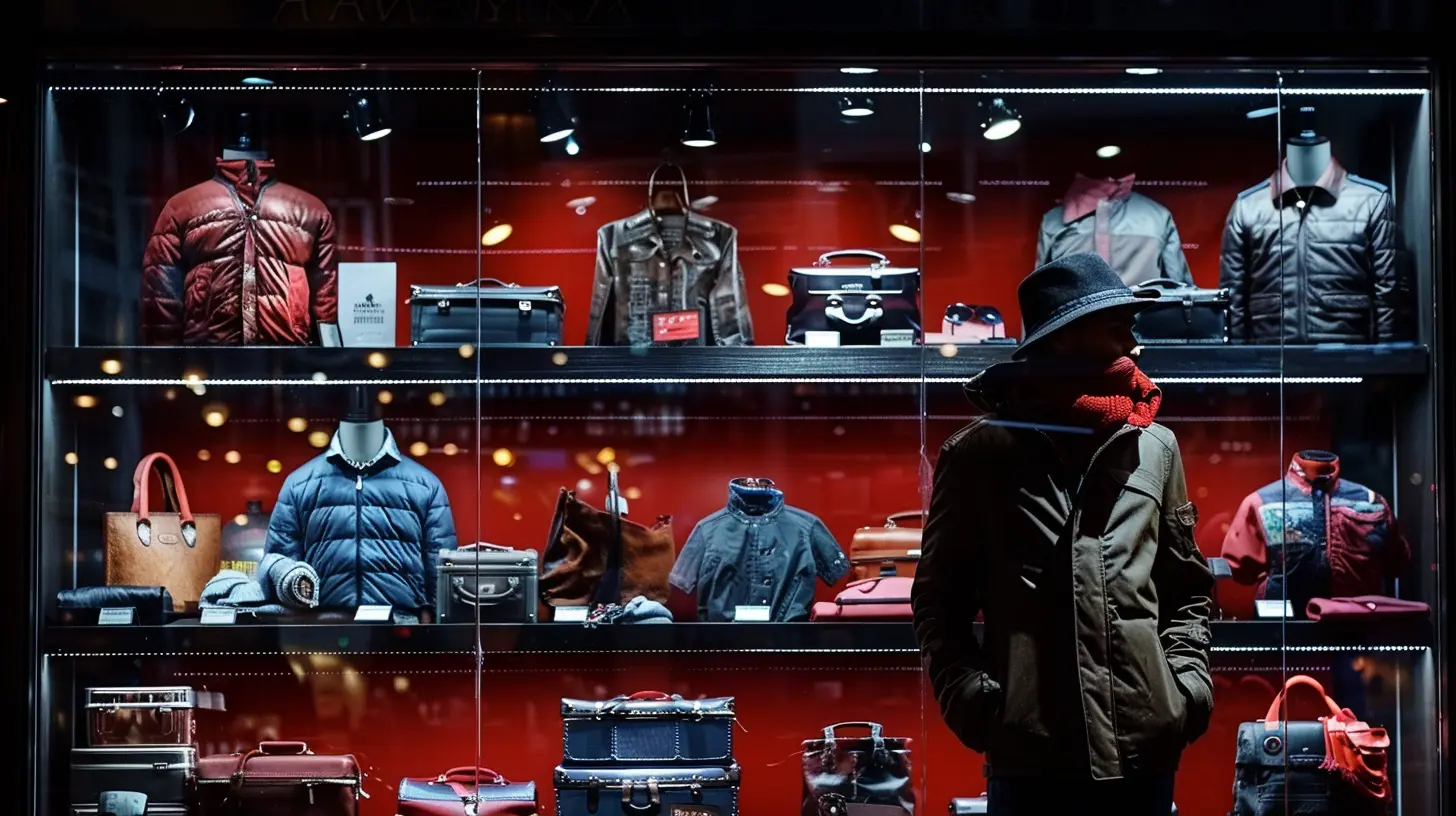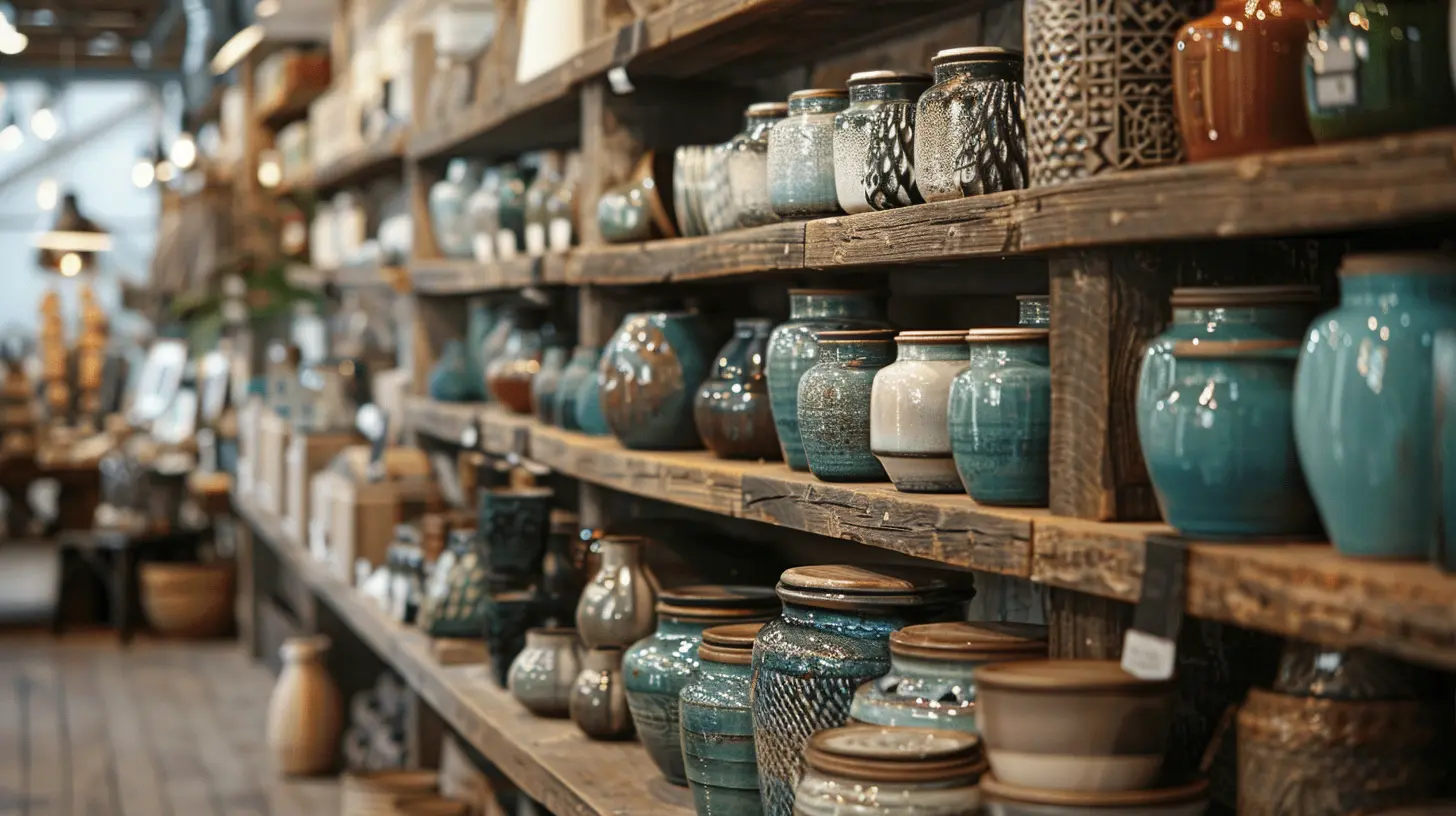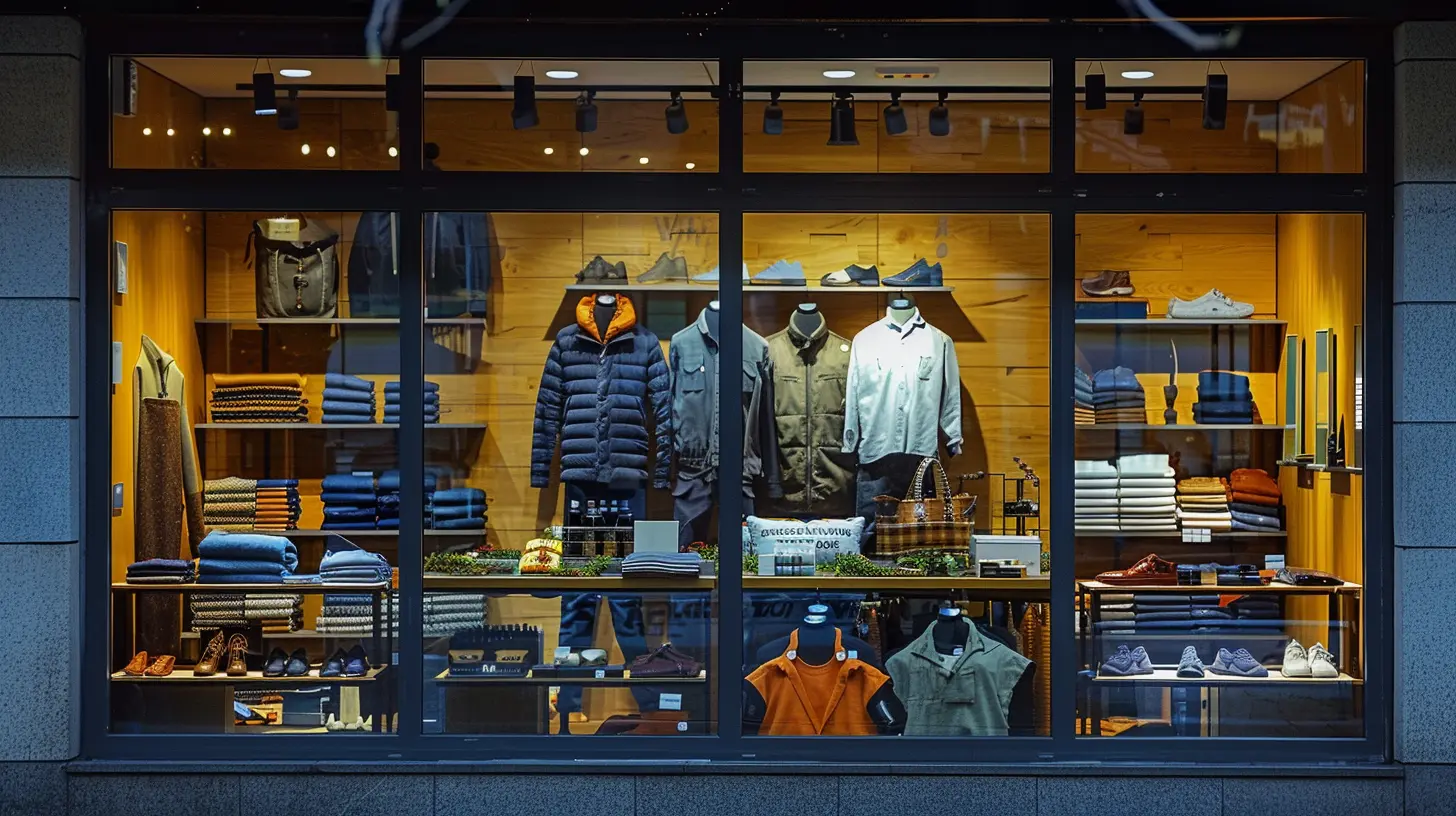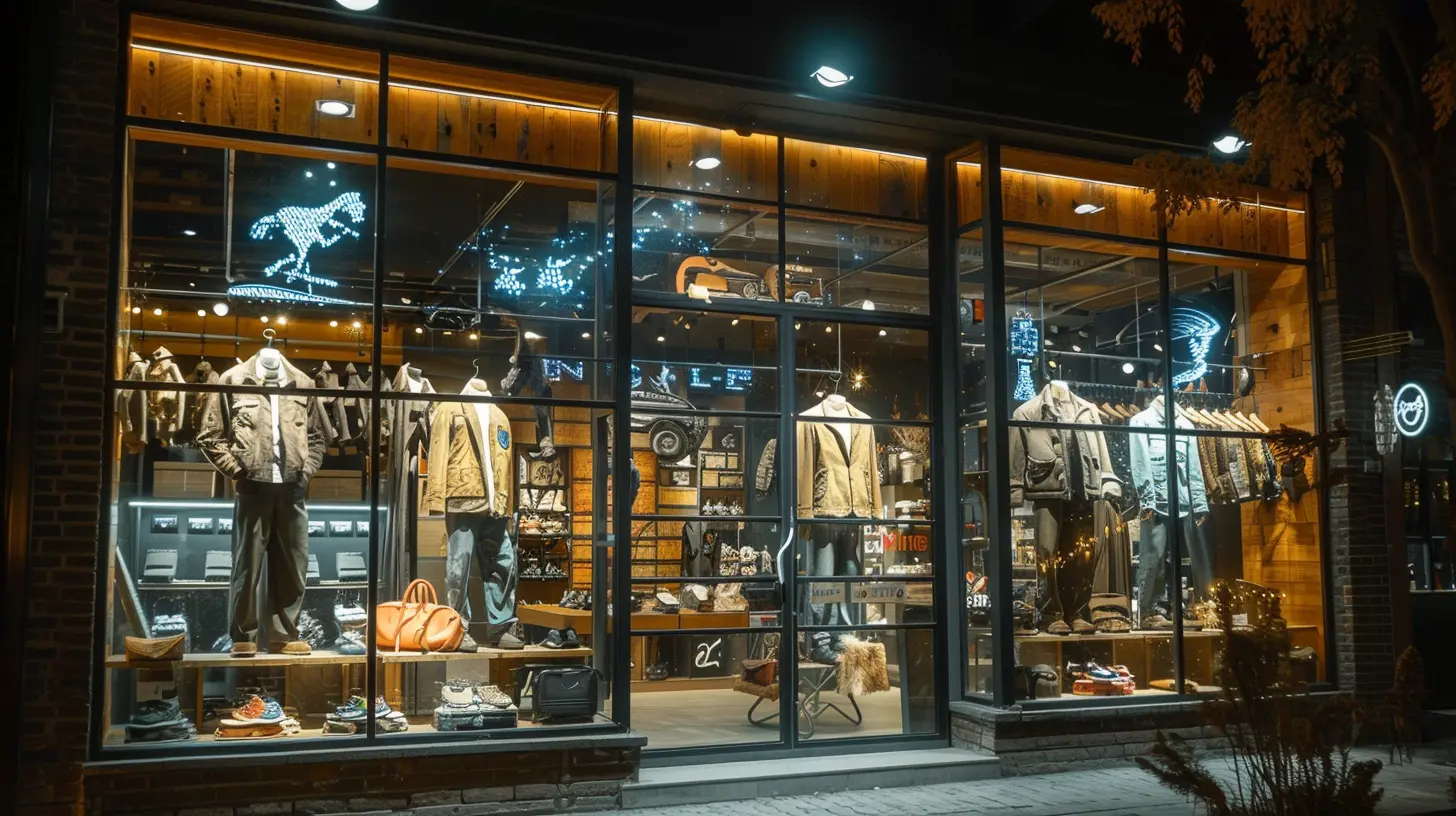Enhancing Visual Merchandising Techniques to Boost Impulse Buys
27 October 2025
Walk into any successful retail store, and you’ll find yourself tempted by clever product displays, strategic lighting, and eye-catching signs. That’s no accident. It’s all part of visual merchandising—a powerful tool used to create irresistible shopping experiences. When done right, visual merchandising doesn’t just make a store look good; it supercharges impulse buys.
So, if you’re wondering how to make your store the kind of place customers find hard to leave (and harder to leave empty-handed), you’re in the right place. Let’s break down how enhancing your visual merchandising techniques can truly elevate your store’s sales game.
What Is Visual Merchandising Anyway?
Before we jump in, let’s get one thing straight. Visual merchandising isn’t just about making your store look pretty. It’s the strategic arrangement of products, displays, lighting, signage, and even scents to influence shopper behavior. Think of it like setting a stage where your products are the stars and your customers are the captivated audience.At its core, visual merchandising:
- Grabs attention
- Creates desire
- Encourages exploration
- Triggers impulse purchases
And guess what? In a world where attention spans are shrinking, a well-crafted display can be your golden ticket to turning browsers into buyers.
Why Impulse Buys Matter More Than You Think
Ever been in line at the checkout and suddenly decided you absolutely needed that cute notebook or quirky lighter? You’re not alone. Studies show that up to 80% of all purchases are impulse-driven.Impulse buys may look small individually—a candy bar here, a keychain there—but they add up fast. For retailers, they represent a massive chunk of additional revenue, often with higher profit margins. So, enhancing your visual merchandising techniques doesn’t just improve the vibe—it’s a profit booster you can’t afford to ignore.
The Psychology Behind Impulse Buying
Let’s peek into your customer’s mind for a second. Impulse buying is driven by emotion, not logic. It’s the customer saying, “Oh, that’s cute!” or “I didn’t plan to buy this, but I need it now.” And what triggers that feeling? Great visual cues.Here’s what really fuels those unplanned purchases:
- Scarcity: Limited-time offers or “Only 3 left!” signs create urgency.
- Convenience: Products placed near checkout areas scream “Just grab it!”
- Novelty & Surprise: Unique or seasonal items catch the eye.
- Emotional Triggers: Colors, smells, and music can stir up feelings that lead to spontaneous buying.
So, how can your store stir up those emotions and nudge that wallet open? Let’s roll up our sleeves and dive into some practical techniques.
1. Show, Don’t Just Tell: Create Storytelling Displays
Imagine walking past a window display featuring a beautifully set backyard picnic—colorful pillows, cozy blankets, a bottle of wine, and a cute speaker playing mellow tunes. You instantly feel like hosting your own. That’s the magic of storytelling through displays.Instead of just showing products on shelves, create small worlds where your products look like they’re living their best lives. Think themes, scenes, or moods. Show how items work together in real-life settings, and suddenly, that garden chair or scented candle seems like a must-have.
Tips for Better Storytelling:
- Use props to create scenes- Keep it seasonal or event-based (e.g., “Summer Vibes” or “Back-to-School Essentials”)
- Rotate displays frequently to keep things fresh and exciting
2. Rule of Three: Keep It Clean & Visually Appealing
Want to make a display that’s easy on the eyes and effective? Use the Rule of Three. Grouping items in threes is a simple design principle that adds balance and symmetry to any product arrangement. People’s eyes naturally gravitate toward odd groupings.Let’s say you’re showcasing candles. Arrange three in varying heights—small, medium, large—and you’ll instantly create visual interest. This works for shoes, books, accessories—you name it.
Bonus Tip:
Stick to a cohesive color palette and use lighting to highlight key items. You don’t need a design degree to make your display pop—just a little strategy.3. Use End Caps & Checkout Zones Like a Pro
End caps (those snazzy product displays at the end of aisles) are prime real estate. So is your checkout area. These are “pause points” where customers often slow down, look around, and… impulse buy.Want to really win here?
- Keep products here low-cost, high-desire (think snacks, mini gadgets, beauty items).
- Use clear, bold signage like “Trending” or “Staff Picks”
- Keep it clean and uncluttered—less is more here.
These spots are perfect for last-minute temptations. If it's small, useful, or just plain fun, it's checkout gold.
4. Make It Interactive
People love to touch, try, and tinker. Interactive displays turn shopping into an experience rather than a transaction. And when people engage, they’re more likely to buy.Here’s what engaging might look like:
- Beauty store testers – Let them see how that lipstick pops.
- Tech demo zones – Let them play with the gadget.
- Touch-and-feel textures – Especially for linens, clothes, even toys.
Allowing people to imagine themselves using the item lowers buying resistance and boosts spontaneous purchases.
5. Refresh Often: The Power of Keeping It New
Ever notice how grocery stores rearrange their layout just when you’ve memorized it? It’s intentional. Changing things up forces customers to explore, notice new products, and stumble across something they didn’t plan to buy.So yes, sweat the small stuff—rotate your displays weekly if you can.
- Highlight new arrivals
- Feature limited-time products
- Change the layout for seasonal vibes
Keeping your store dynamic keeps your customers curious—and curiosity drives impulse buys.
6. Use Signage That Sells
You don’t need a megaphone to get your message out—just clever signage. A well-placed sign with just the right amount of persuasion can do wonders.Great signage should be:
- Bold and Clear: Easy to read from a few feet away.
- Benefit-Driven: “Smells like summer,” “Perfect for road trips,” “Just in!”
- Urgent: “Limited Time,” “Only Today,” “Last Chance!”
And don’t forget humor—clever or funny signs make people stop, smile, and more often than not… buy.
7. Leverage Lighting Like a Mood Setter
Lighting isn’t just practical—it’s psychological. The right lighting draws attention to products and sets the mood for buying.Want to highlight a premium item? Use a spotlight. Want to create a cozy feel in your home goods section? Try warm, ambient lights. You can even change lighting tones across different areas of the store to shift the shopper’s mindset.
Never underestimate what a well-lit shelf can do—it can turn overlooked items into bestsellers.
8. Cross-Merchandise Like a Matchmaker
Cross-merchandising is the retail version of “Would you like fries with that?” It’s all about putting related items together to inspire larger purchases.Think:
- Wine bottle + Cheese + Charcuterie board
- Phone + Case + Wireless charger
- Blazer + Shoes + Matching bag
It’s a gentle nudge saying, “Wouldn’t these go great together?” Customers often agree—and suddenly, they’re buying three things instead of one.
9. Tap Into Seasonal & Festive Feels
Holidays and seasons are goldmines for impulse buying. Whether it’s Valentine’s Day, summer break, or Halloween, themed displays create excitement and urgency.Put together small, festive sections filled with themed accessories, decorations, or gifts. Use fun signage like:
- “Gifts For Your Boo”
- “Sun-Soaked Essentials”
- “Scary Good Deals”
People love buying into a vibe—give them one they can’t resist.
10. Train Your Staff to Be Brand Ambassadors
Visual merchandising isn’t just what customers see—it’s how they’re welcomed and guided. Even the best product display can fall flat without enthusiastic, knowledgeable staff backing it up.Train your team to:
- Know what’s new and where it is
- Suggest complementary products (upselling done right!)
- Keep displays fresh and tidy
A friendly face plus an irresistible product? That’s a one-two punch for boosting sales.
Final Thoughts
At the end of the day, we’re all human—and as humans, we shop with our eyes and emotions. Enhancing visual merchandising techniques is about creating moments. Moments that spark curiosity, trigger desire, and turn a casual stroll into a cart full of unexpected treasures.If you can master this visual craft, your store won’t just sell products—it’ll sell experiences. And experiences are what keep customers coming back again and again.
So go ahead—move that display, tweak that lighting, and bring your store to life. The next impulse buy could be one perfectly placed product away.
all images in this post were generated using AI tools
Category:
RetailAuthor:

Miley Velez
Discussion
rate this article
1 comments
Upton Wright
Visual merchandising isn’t just an art; it’s a game-changer. Businesses that overlook its power are leaving money on the table. Bold designs and strategic placements ignite desire and drive impulsive purchases. Stop playing it safe—embrace innovation and watch your sales soar!
November 1, 2025 at 4:37 AM

Miley Velez
Absolutely! Effective visual merchandising can transform customer experiences and significantly increase sales. Embracing creativity and strategy is essential for success in today’s competitive market.


